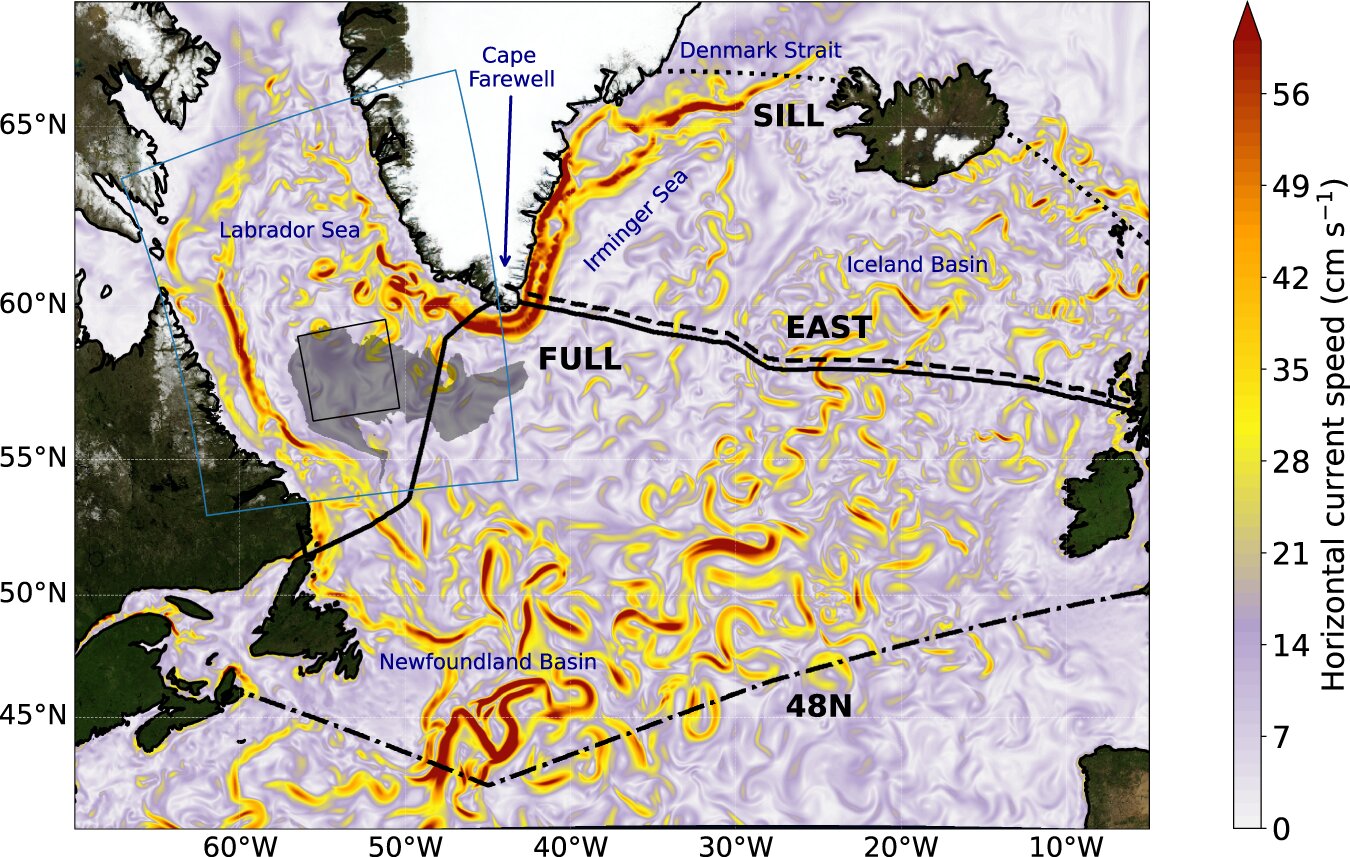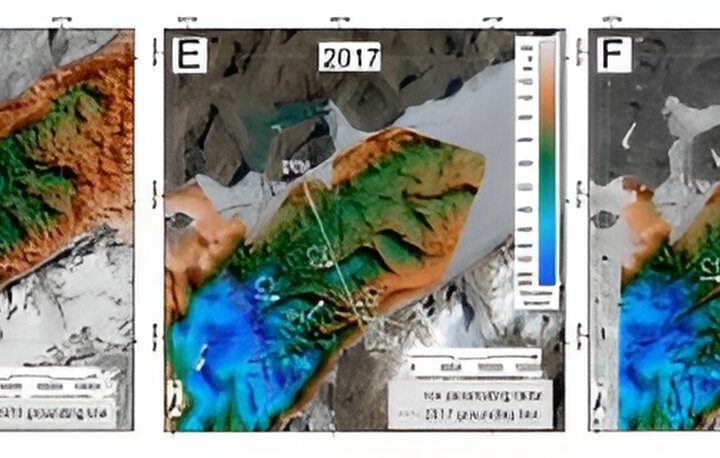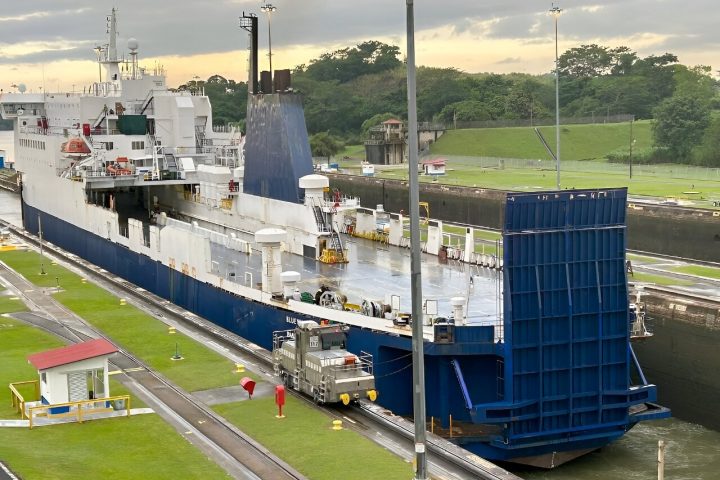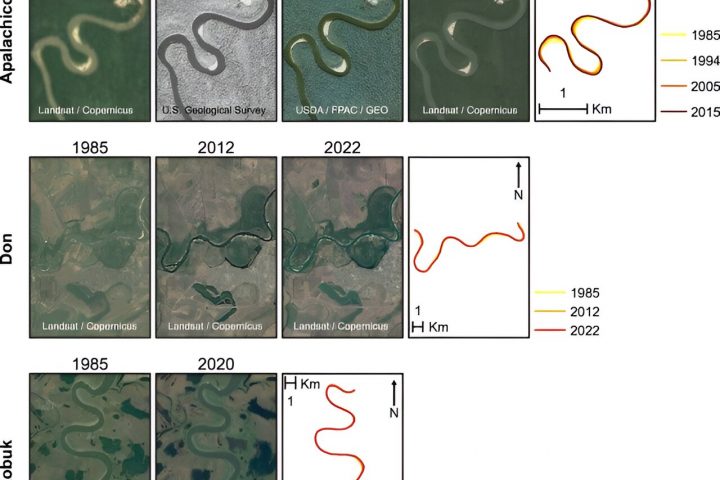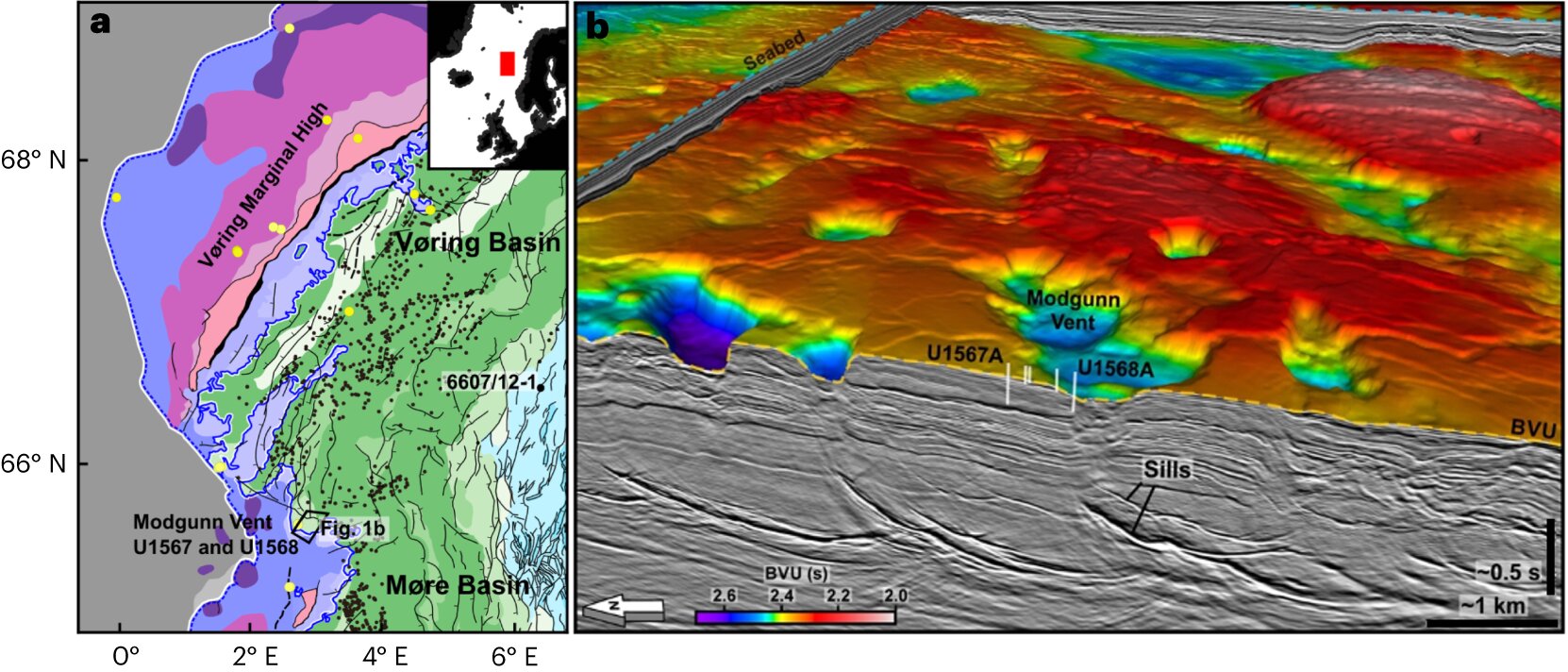The Gulf Stream, known as the giant climate machine of the Atlantic, plays a crucial role in keeping Europe’s climate mild by bringing warm water from the Gulf of Mexico. But it’s just one part of a larger system called the Atlantic Meridional Overturning Circulation (AMOC). This intricate system of oceanic currents runs through the Atlantic, transporting warm water northwards at the surface and then reversing in the North Atlantic. As the water cools and becomes heavier, it flows south at depth.
Where exactly these sinking processes occur is the subject of ongoing research. Recent measurement programs have identified them to the east of Greenland. A team of scientists from the GEOMAR Helmholtz Centre for Ocean Research in Kiel, Germany, conducted a modeling study focusing on the Labrador Sea southwest of Greenland. Their study, published in the journal Nature Communications, used complex computer simulations to demonstrate that fluctuations in the Labrador Sea can significantly impact the strength of sinking processes east of Greenland. A crucial factor is a little-known system of deep currents that facilitates the rapid spreading of Labrador Sea water into the deep-sea basin between Greenland and Iceland.
“We oceanographers have long been fascinated by the Labrador Sea between Canada and Greenland,” says Professor Dr. Claus Böning, the study’s lead researcher. “During winter storms, icy air cools the ocean temperatures to such an extent that the surface water becomes heavier than the water below. This leads to deep winter mixing of the water column, resulting in varying volumes and densities of the resulting water mass from year to year.”
In the model simulations spanning the past 60 years, the years 1990 to 1994 stood out due to the particularly strong cooling of the Labrador Sea. “The unusually large volume of dense Labrador Sea water that formed after extremely harsh winters resulted in significantly increased sinking between Greenland and Iceland in the following years,” explains Dr. Böning. As a result, the model simulations calculated a more than 20% increase in Atlantic overturning transport, peaking in the late 1990s. The measurements of the North Atlantic circulation, which have been continuously carried out since 2004, align with the decline phase of the simulated transport maximum.
“According to our model results, the observed weakening of the Atlantic circulation during this period can be interpreted, at least in part, as a consequence of the extreme Labrador Sea winters in the 1990s,” summarizes Professor Dr. Arne Biastoch, head of the Ocean Dynamics Research Unit at GEOMAR and co-author of the study. However, he emphasizes, “While we cannot yet determine if a longer-term weakening of the overturning is already occurring, all climate models predict a weakening as a result of human-induced climate change as ‘very likely’ for the future.”
Ongoing observation programs and further development of simulations are crucial for better understanding the key climate-relevant processes and making future projections about the Gulf Stream system under climate change.
